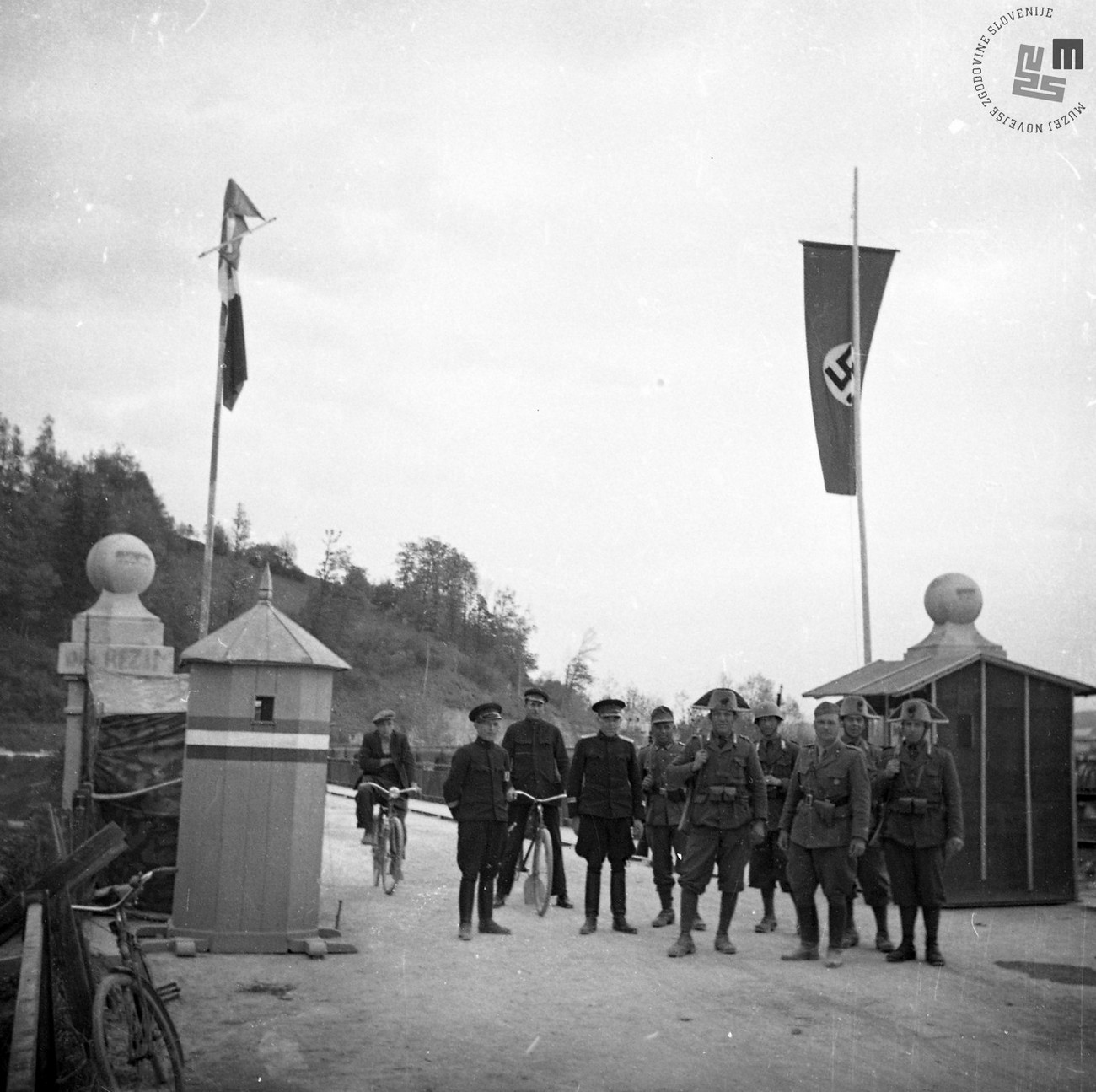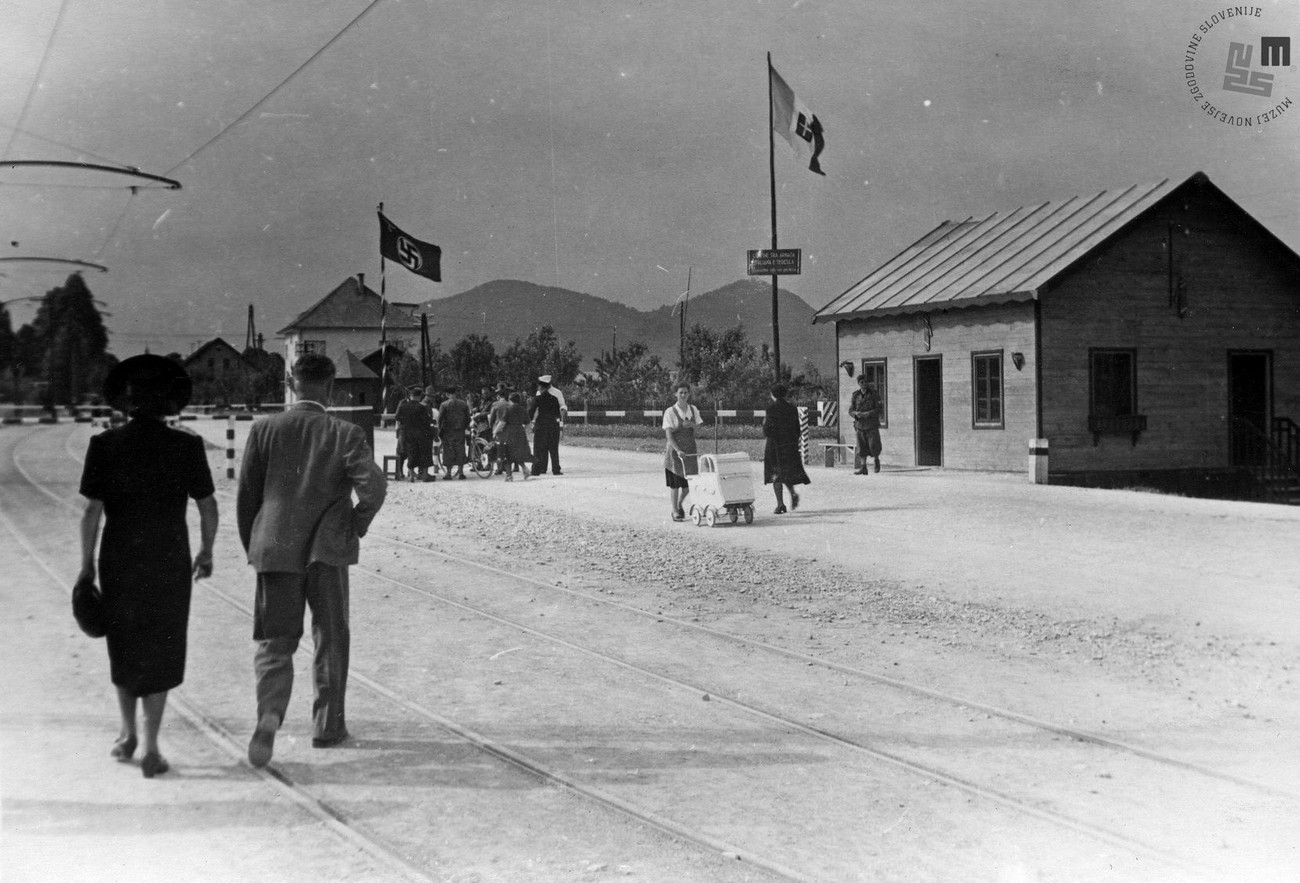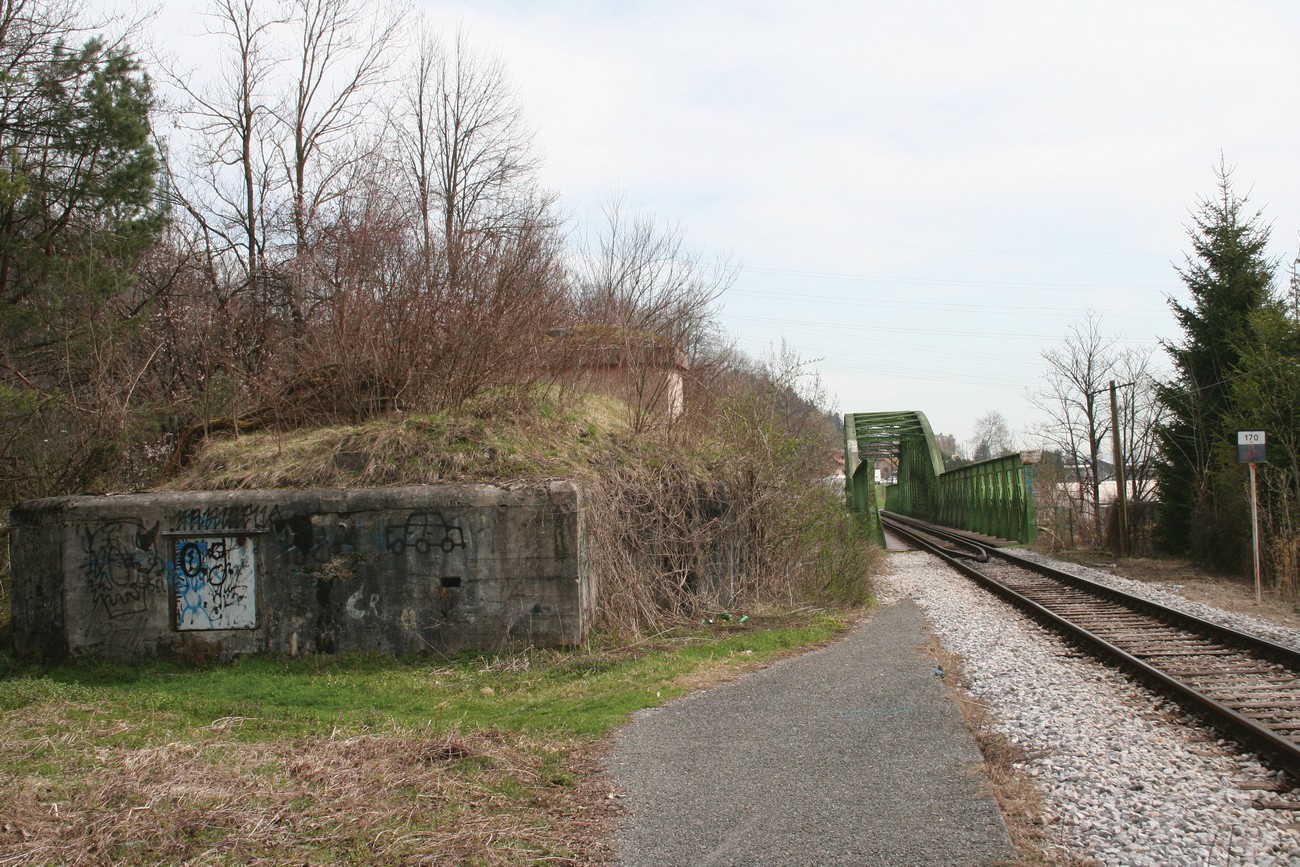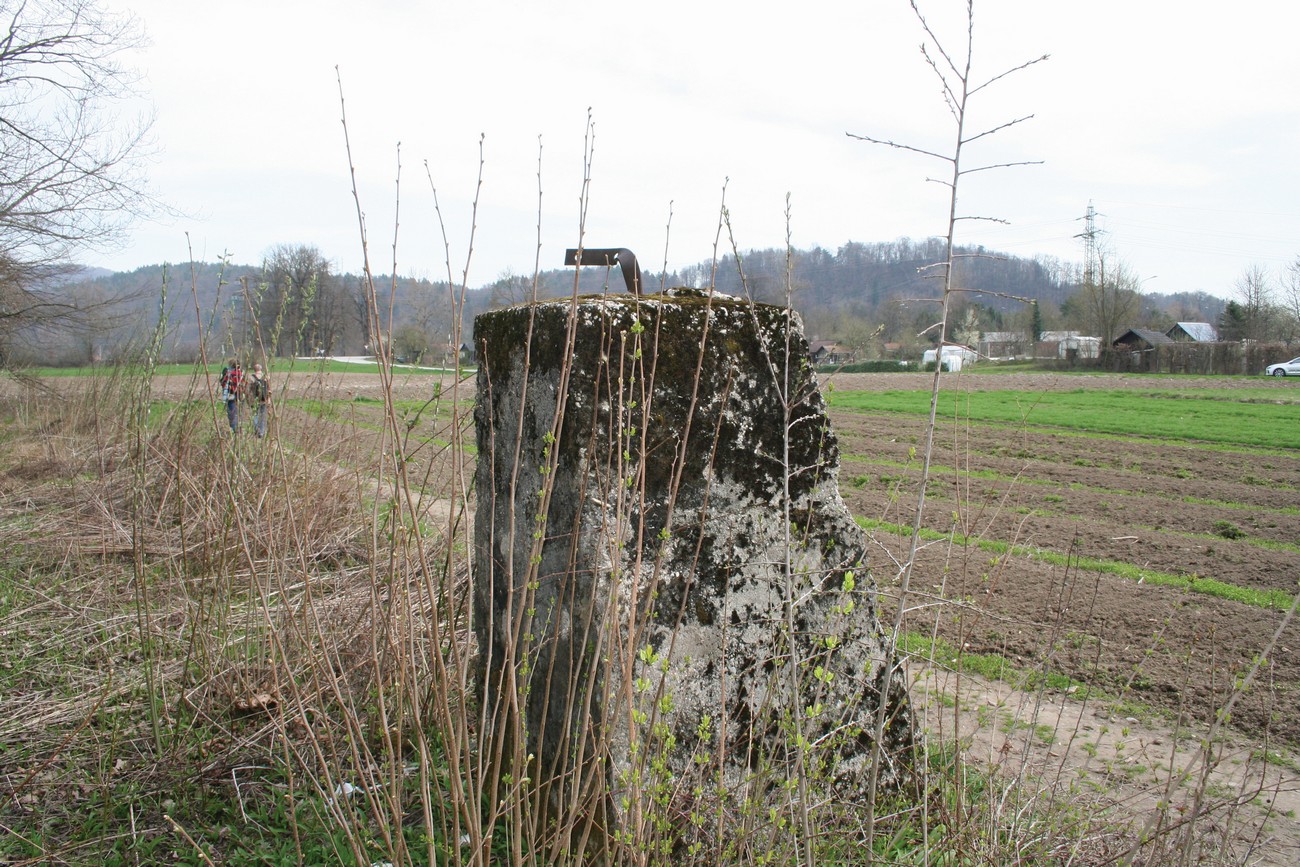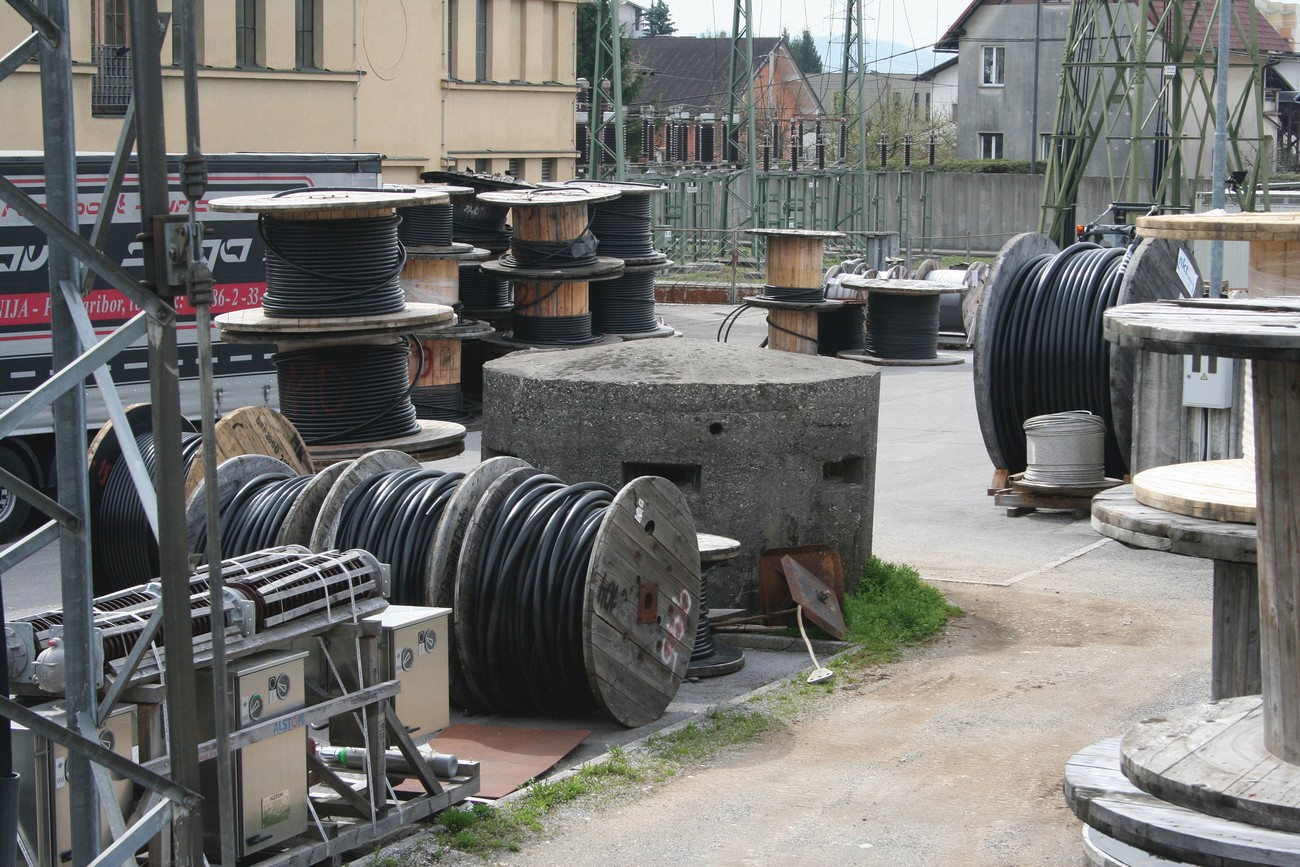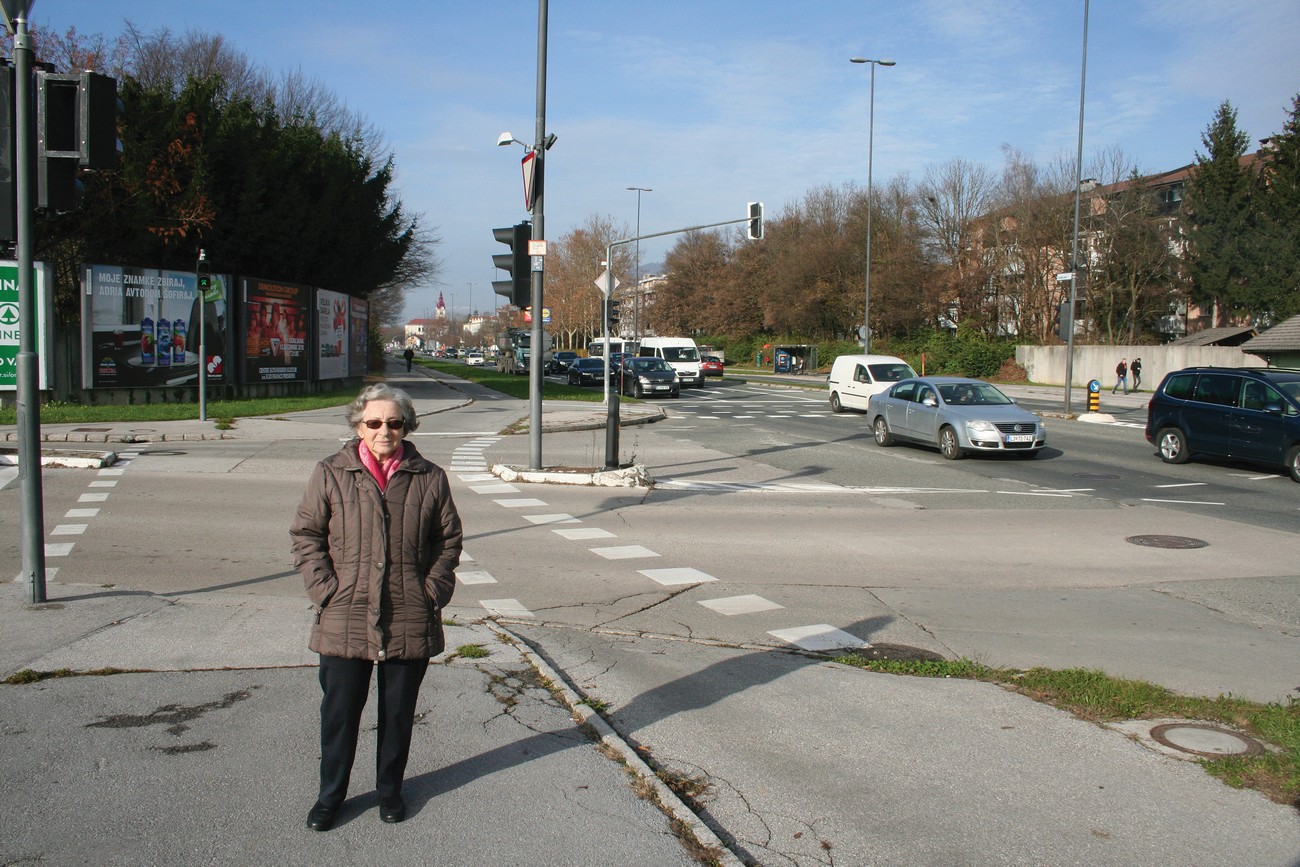The perimeter of Ljubljana featured three border crossings between Italy and Germany. Two were in the Šiška District; one of them on Celovška cesta close to the junction with Cesta Andreja Bitenca right before present-day Prušnikova ulica, which used to be the old Celovška cesta that ran through the settlement (the new Celovška cesta was constructed in 1977 when the old one was renamed to Prušnikova). The second border crossing was relatively close: on the present-day Podgorska cesta above the house standing at Cesta Andreja Bitenca 22. Two border crossings within such a short distance were presumably set up because Celovška cesta was an urban street with a tram line crossing the border. In October 1941 the Germans banned tram rides between the countries. It is likely that the border crossing on Podgorska cesta was set up because at that time the road there was much wider. In fact, it was an arterial road running past Ljubljana from the Gorenjska Region to Trieste to haul lumber with horse-drawn carts. The road lost its significance after the border was set during the war and in the wake of subsequent city planning changes.
The third border crossing was in the Ježica District, on the bridge spanning Sava River. The Germans moved the border on Sava River, which was supposed to be the natural border between Germany and Italy, to the right Sava bank. In this way they were able to directly connect their national territory on both sides of Ljubljana.
